
Much like a fly cast, it’s fairly easy to be functional at fly tying. If we’re being cynical, it probably doesn’t really matter if your thread is slipping off the hook or your dubbing is a little off—fish are either going to bite it or they aren’t most of the time. But, if you’ve done any fly tying, you know that’s not the point. Every fly is a work of art and a true artist is focused on the details.
But, there are functions to becoming a better tyer, too. First, sometimes the details actually do matter when your fly is in the water, and that spot-on dubbing is going to pay off. Second, better techniques make for better flies and better flies mean more durable flies—and that means you’ll be spending less money on replacements when your “beginner” flies would be unraveling. Third, you’ll feel like a badass if your DIY flies look badass.
So, if we’re talking about details, durability, and being badass, we obviously decided to meet up with Tim Cammisa. Beside being a good friend of ours, Tim is renowned at the vise for his beautiful creations, next-level instruction, and ability to catch a fish with them, too. Trust us, we’ve seen it firsthand.
In our conversation with Tim, we wanted to pick his brain about what it takes to go from an average fly tyer to a well-seasoned fly tyer, and he came up with some great answers. So, we’ll take this opportunity to step out of his way and let him explain. From here on out, these are Tim’s words on how to become a better fly tyer. Listen up!
Learn to Work With Hair.
Let’s start with using hairs, like deer hair or elk hair. In my mind, so many people start tying flies and jump into the world of dry flies, and they love the Parachute Adams. It’s a killer fly and works for so many people. It's a confidence fly. I've just found better flies that float in the film that I feel achieve that look, but have a better way of producing. A lot of that is tied to deer hair, like the X Caddis or the Sparkle Emerger.
The one downside of deer hair is that it's a natural material. It's not something that you can just order online and it's going to be consistent from pack to pack. Start by understanding how the different parts of a deer are going to be used to tie different styles of fly. So when I'm thinking about the deer hair that I like to use on my dry flies, I like this style called Comparadun deer hair. It tends to be long fine pieces of deer hair, with really thin black tips, and it's not going to completely spin whenever you put it down and wrap it under pressure, but it's going to flare up.
You need a really strong thread to tie it in, but you don't want to use the thread that's going to slice right through it either. Over the last couple of years, I’ve decided on 12/0 Semperfli Nano Silk. It’s an extremely tough thread, especially for a beginner jumping to an intermediate or an intermediate going to advanced. You're not going to break it. But, before you put down that pressure, one of the keys is to uncord your thread. Spin it counterclockwise and that will uncord and flatten your thread. It’ll create a wider area that it's going to be sitting against that deer hair and I can pull down on it with more pressure.

Push Yourself
Speaking of cording thread, one of my favorite flies that I like to use it with is the Camissa's Double Play articulated streamer. That’s another area people should push themselves in is an area of something that's outside their comfort level. And for me, it was articulated streamers. Whenever I first looked at them, they looked so advanced, with so many materials, and so many complicated steps. I created this articulated streamer with the hope that it was going to have less of all that, but still be as effective with fish.
Whenever I first constructed it, I really had the issue with how do I connect my wire from one hook to another? I've settled on this technique where I first will lay down a thread base, but before I lay down that thread base, I'll cord my thread. If you're looking at it with a magnifying lens, it just looks like you have these little ledges that are on top of your hook shank. What's great about that technique is, then I can put down this plastic wrapped wire and then I'll lay that down on my hook shank, cord my thread one more time, and then when I start winding that over that articulated streamer wire, it really just grabs onto it.
Again, pushing yourself outside of your comfort zone, doing something like an articulate streamer or a pattern that's one that you don't normally tie, is so important. I probably wouldn’t have developed that technique if I hadn’t started working with articulated streamers.
Don’t Fear Modern Tools
Another key to being an effective tyer is not being afraid of modern materials and modern hooks. When we look in the world of hooks, it can be very overwhelming because there's so many different brands and styles and numbers. Do you go barbless, or do you go with a barbed hook? And it can be a little overwhelming where I think people just want to resort to, "I have a standard dry fly hook, a standard nymph hook, and a streamer hook."
It sounds great to un-complicate things with that style, though I believe that we have all these different hooks out there because they're meeting a bunch of needs for us as fly fishers.
For example, I point people towards a hook called the Hanak Klinkhammer, which looks like a scud hook, but by tying a dry fly on this hook, it's going to naturally force the abdomen and either the trailing suck or the pill of the fly down below the surface into the film. It's going to appear much more vulnerable.
The same thing is true in the world of nymph hooks. One of the biggest areas I’ve grown in the last couple years has been the notion of using hooks with slotted tungsten beads. When jig hooks really gained some popularity in the world of fly tying, it was tough to find smaller jig hooks. Now I'm seeing size 18 and size 20 hooks that will hold really large trout, which is a great thing. They won't bend out anymore.
I’d encourage people to try those nymph hooks, that's something new. And now there's this resurgence towards nymph hooks with an inverted bead. And that's another style that I think people are gravitating to because it's still going to invert the hook whenever it's riding in the water, but by having this inverted bead, you're not really closing the gap of the hook. Especially in the competitive scene, anglers were concerned that traditional jig hooks were closing the gap a little bit. Now you can use just a slight down eye, but get away with this inverted bead that's going to be on top of the hook shank instead.
And, this goes into your actual tools as well. This one tool that I use that I've been using for years that I just cannot say no to is called the Stonfo Elite Dubbing Spinner. And it's used to create a dubbing loop but it's like the Rolls Royce of dubbing loop spinners because it's got ball bearings inside, its head rotates 90 degrees, so you won't bang this tool against others. Once you start using it, you realize that you can spin these really buggy bodies with it. It looks as good as an EP brush once it comes out because it just spins your threads so tight. It does such a great job with those ball bearings and it's easy to wind around the hook. That's a great tool.
Here’s another one. I'm one of the headliners at the Edison Fly Fishing Show this weekend, and I just packed my suitcase right before I called you. One of the things that's going in there is a Starbucks coffee bean grinder. I'm going to show them my class how to blend their own dubbing. I'm going to show them some of the color combos they can make. And it's so darn easy and it helps people realize they can make their flies different from others. And that's the key to fly tying, at least for me. That's one of the reasons I do it. I want to be able to tie a fly that it's going to represent just what I want it to represent. But I also want my fly to look different than everyone else's who is buying their flies at the local fly shop. That's part of the game.

Know Your Materials.
Sometimes it helps to have a deeper understanding of the materials you’re using, too. A lot of people know CDC stands for Cul De Canard, and it comes from the rump of a duck, and then there's this special oil that's in it that helps it flow. Once you know that, you can apply that knowledge. So many people use CDC as a dry fly material. But, then from that other standpoint, whenever you start to look at it and you start to see these little barbells that make up this little feather, you realize they have such good movement in the water that, why not try these on a nymph?
Many of the nymphs that I fish now have a CDC collar simply because they move so wonderfully when you're fishing them sub-surface. Why do they move so well? Well, they have this waterproof characteristic to them and they move around whenever this fly is being fished. I try to understand as much as I can about every single material that I use.
You can go back to even a synthetic material, like crystal flash. Typically when I tie in crystal flash, I use a technique that's called folding it around my thread. And it's great. You're able to just fold a couple pieces in half, or fold three pieces in half, because I think especially in flash, less is more. You can also pull that crystal flash really far and you can really stretch it. But, once you get to a certain point, it will just stretch out, and it's going to ruin all those little flashy turns in it, and it's going to waste the material.
It’s good to understand what the material's breaking point is. How far can you push that material? If you have this thread you're using, throw a streamer hook in the vise and just lash your foot onto it and pull down until it breaks. Then you know what you can get away with. A lot of tyers are afraid of hitting that point and ruining the material. Whereas for me, when I'm tying my squirmy wormies, the first thing I do is I take that material and I see if I can stretch it from shoulder to shoulder. If I can't stretch it from shoulder to shoulder and it breaks, I throw away the entire pack, it's probably garbage. But on a good piece of squirmy wormy material, I can stretch that sucker two and a half to three feet. And that tells me, "Oh, this is good stuff."
Focus on Consistency, Not Quantity.
What really seems to separate better tyers is that they have consistent flies coming out of their vise.If you look at a beginner tyer and they tie three Perdigons or three Walt’s Worms or three pheasant tails, they might look different. But if you find somebody who’s a much better intermediate or advanced fly tyer and they tie half a dozen streamers, they look identical. It's because they're really doing their best to maintain proportions.
Each tyer is different. I know some people who actually keep some type of a ruler at their tying desk. I know others that will use guiding points on the hook. They might say they're going to measure their tail against the hook shank, or they're going to start their thread where the barb would be. But, with those advanced tyers, when you see these flies coming out, every single one of them looks the same.
Tie one fly and keep that as your base. Then, when you tie your second fly, look at it compared to your first and see if it matches. If it doesn't, take out a razor blade, cut it off, and tie it again. It's tough to do that because you know as a fly tyer and angler, that fly's going to catch fish. But if you're trying to get yourself to that next level, catching fish isn't what you're after. At this point, you're trying to improve your tying ability. You have to be willing to say, "This one was garbage. I can do better." Grab my razor blade, cut it off and start again.
__
A huge thanks to Tim for sharing his insights with us. To learn more about what Tim does, check out his incredible YouTube Channel, read his equally incredible book, or catch him at one of the numerous live events he speaks at throughout the year. Any of them are time well-spent.


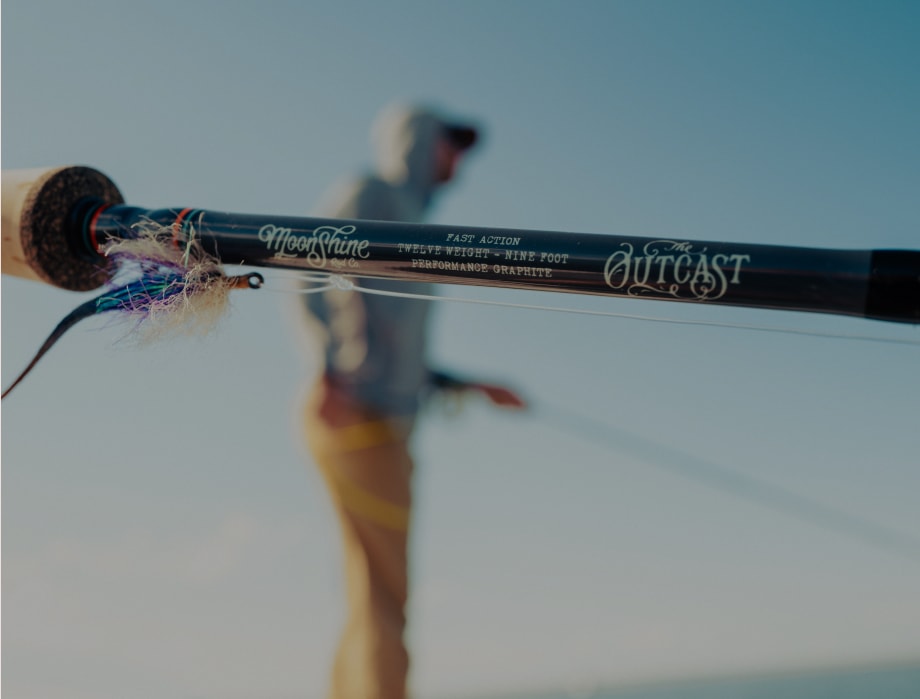
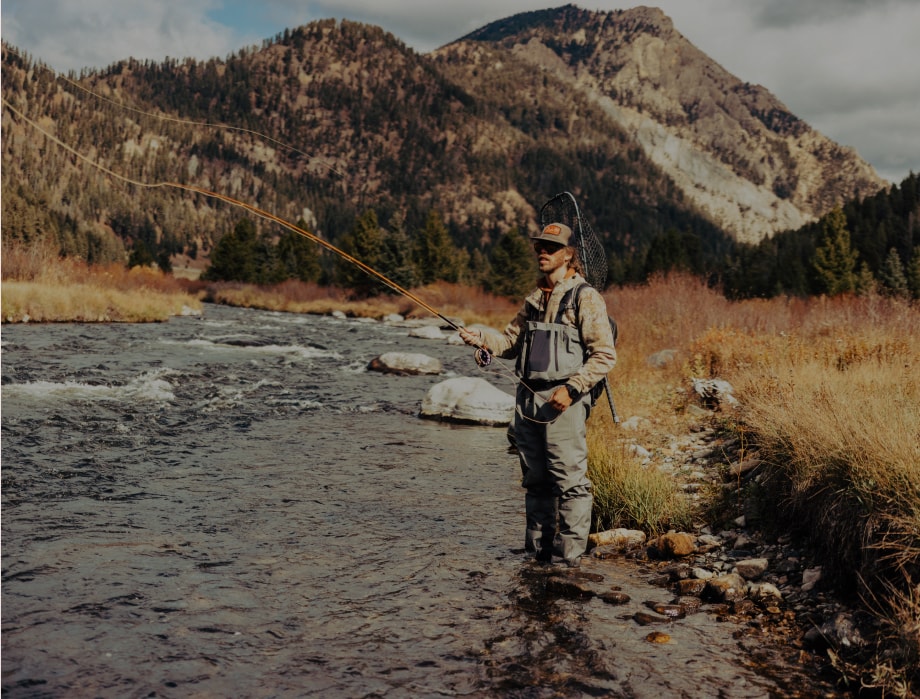
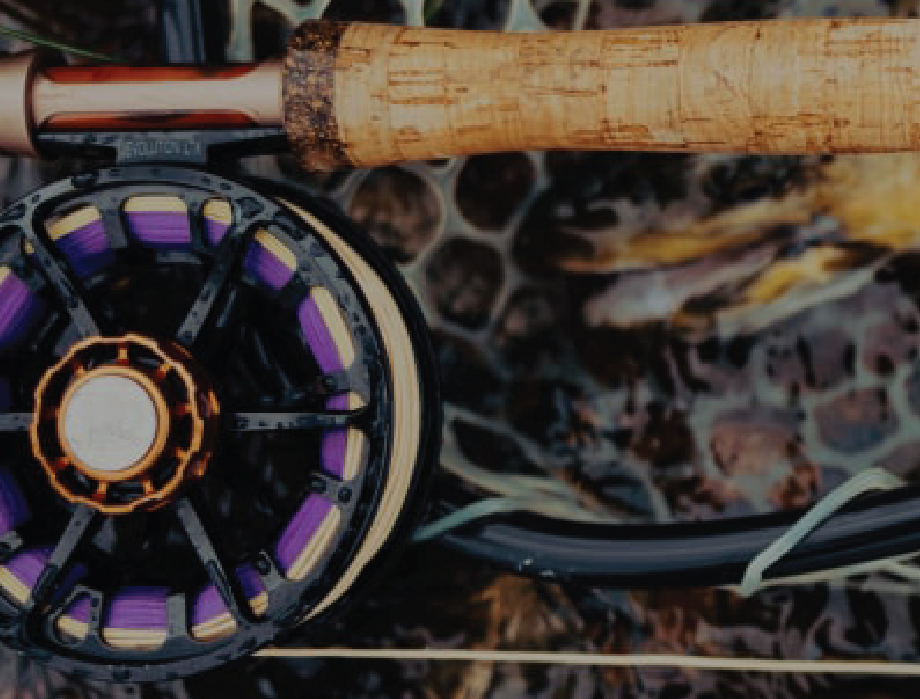



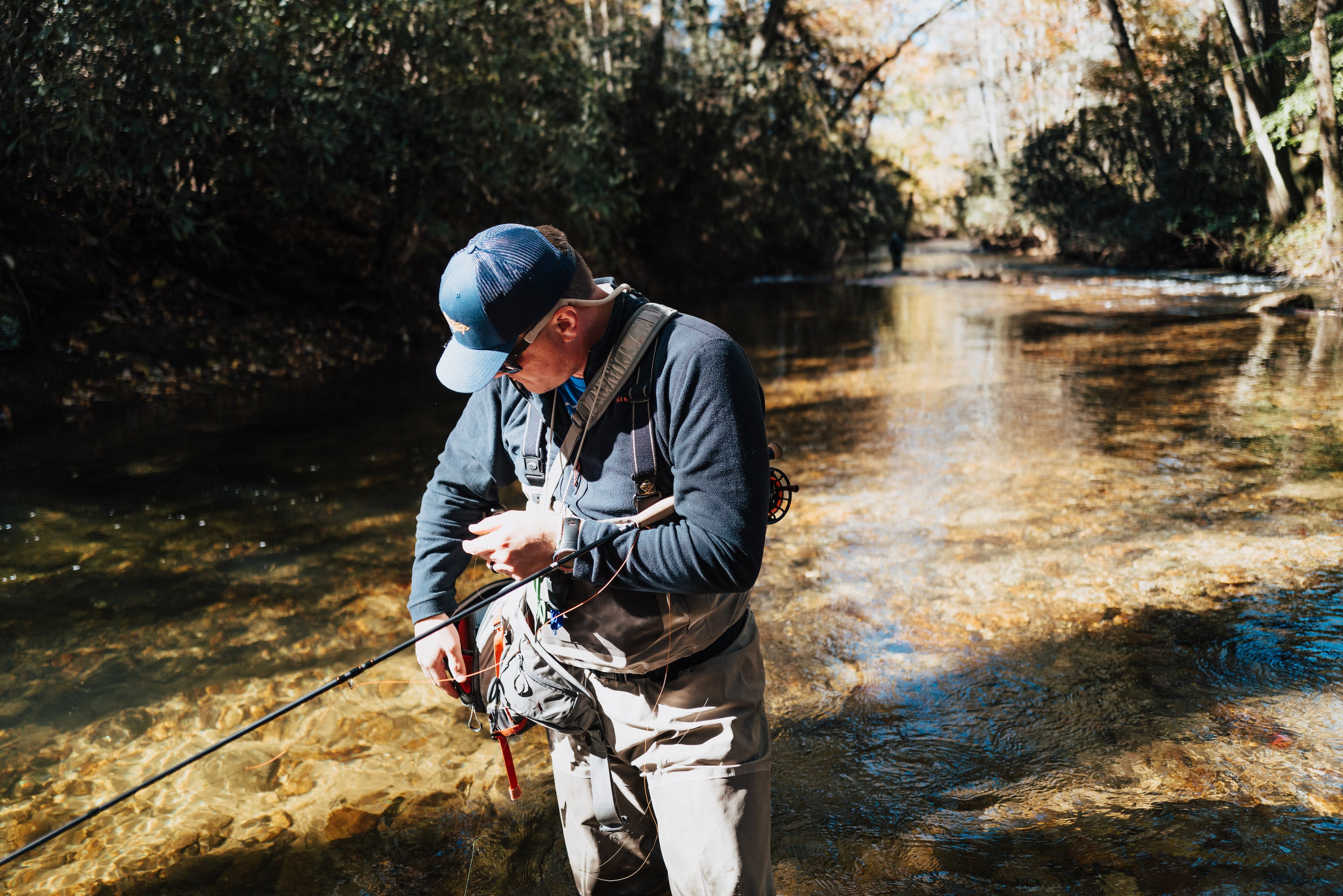
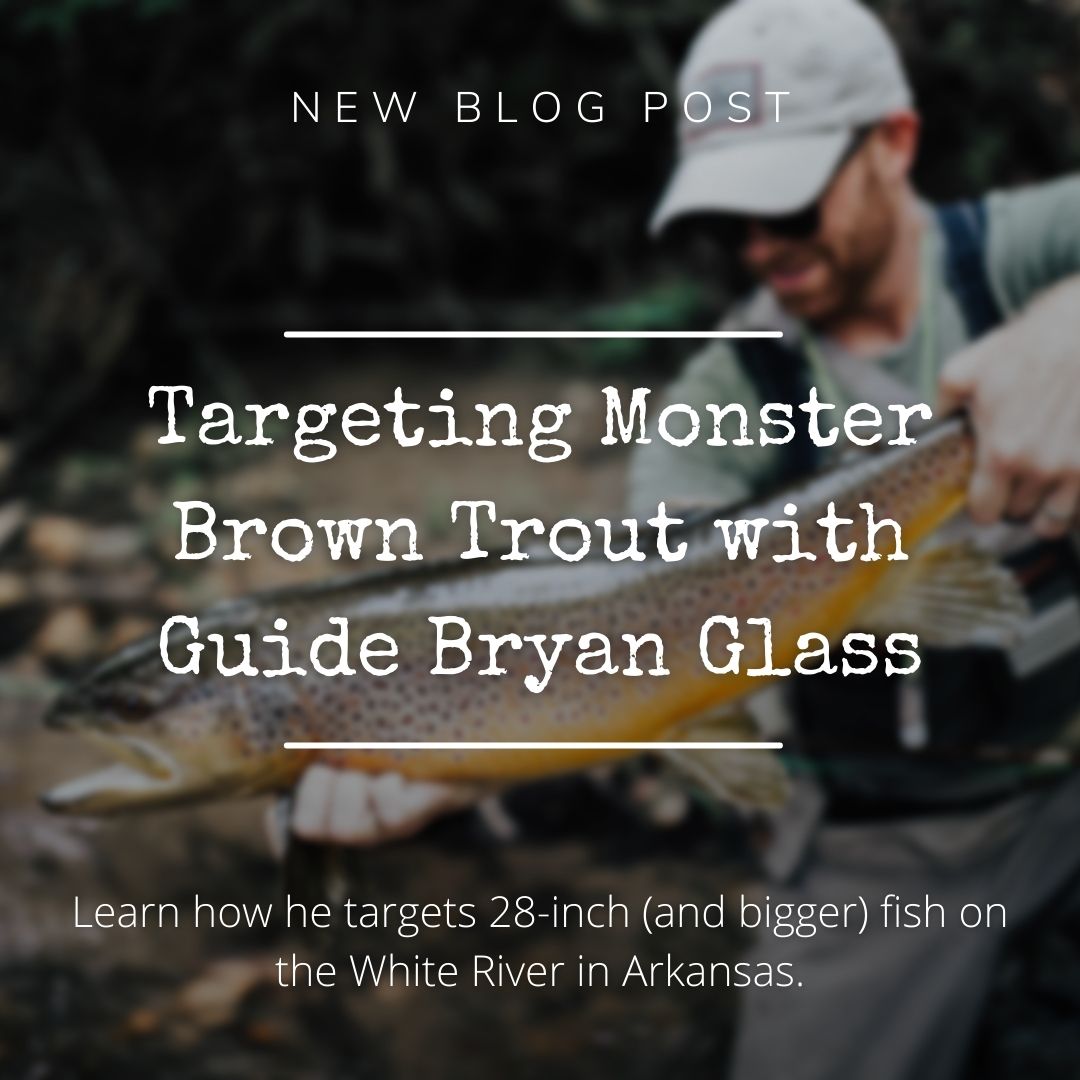
Leave a comment
All comments are moderated before being published.
This site is protected by hCaptcha and the hCaptcha Privacy Policy and Terms of Service apply.